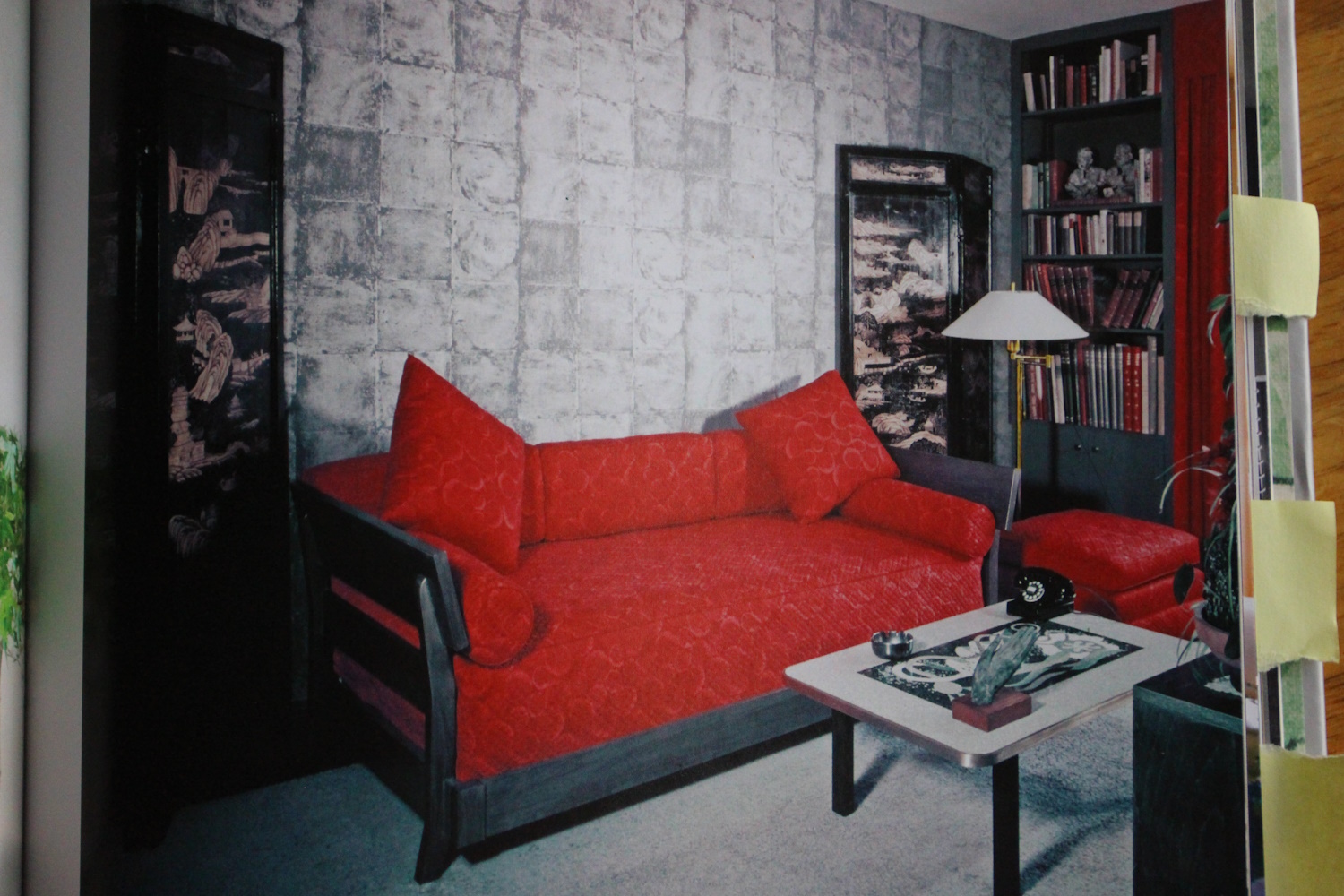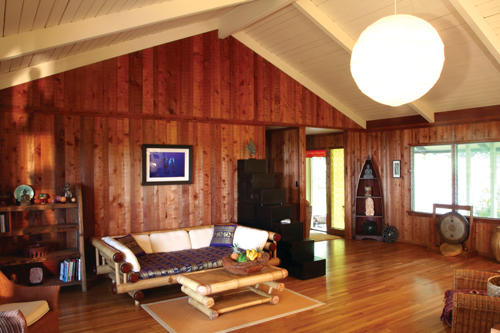Feng Shui & the Great Room
The feng shui advice has always been—don’t have great rooms—also known as open floor plans. They can’t ruin your life, but great rooms are just not ideal. Ideal are rooms that feel like rooms for distinctly different purposes. The dining room should feel like a dining room, not a TV-watching room. Blending a lot of different uses into one space is contrary to good feng shui. Quite a few times I’ve had clients stand inside their great room and say, “I don’t know what to call this room.”
They were a popular trend for quite a while, but the great room is going down in popularity. As witness, these current articles, which point out how the novel coronavirus has forced us to confront the problem with these “one big room for everything” homes—everyone’s home all the time, doing everything in one place, together. Yuck.
From the San Antonio Express-News: “The post-coronavirus pandemic home will have more walls, more porches, more flex rooms and dedicated office areas, plus tiny houses for mom and dad”
From The Press Democrat: “How COVID-19 is forcing homeowners to rethink design”
From Veranda: “Will The Pandemic Be The Death Of The Open Floor Plan?”
The last article is the longest and most comprehensive. In the article, New York designer Charlotte Moss says, “To be able to close a door, be free of noise, someone else’s conference call or video chat, just to be in your own space—your own head, if you will—this is a necessity. We all need physical separation to stay balanced.” (I added the emphasis.) Here are more quotes from that article:
“Used to describe homes in which two or more traditional-use rooms (like the kitchen, living room, and dining room) are combined to form a much larger space by eliminating walls that would have divided them, open floor plans have been the most popular residential architectural trend for new construction and renovation projects in the country since the 1990s. Their rise in popularity over time tracks in strikingly parallel fashion to the rise of the HGTV television network, which has made demolishing interior walls something of a spectator sport for homeowners and aspiring homeowners since it launched in 1994.”
“But the open floor plan presents some serious design drawbacks, as well, such as a lack of privacy, poor sound control, and a cluttered appearance (despite regular tidying). And, as with nearly every imperfect aspect of our domestic lives, these weaknesses have been exposed and exacerbated during the quarantine like never before.”
“Architect Andrew Oyen of New York’s Ferguson & Shamamian reiterated the renewed value of distinct rooms during the quarantine, noting defined spaces can help provide structure and variety to endless time at home. ‘Rooms are important because they create a space for and celebrate specific activities,’ Oyen says.”
Please notice that these are designers saying these things, not feng shui consultants—we’ve been saying it all along. Let’s hear it for walls & rooms!
Leave a Comment Cancel Comment
Related Posts
Feng Shui & Prayer Flags
Feng Shui & Dim Lighting
Feng Shui & New Rugs That Look Old
Recent Posts
Three Famous Gay Men from Huntsville, Alabama

My Youtube Feng Shui Channel






